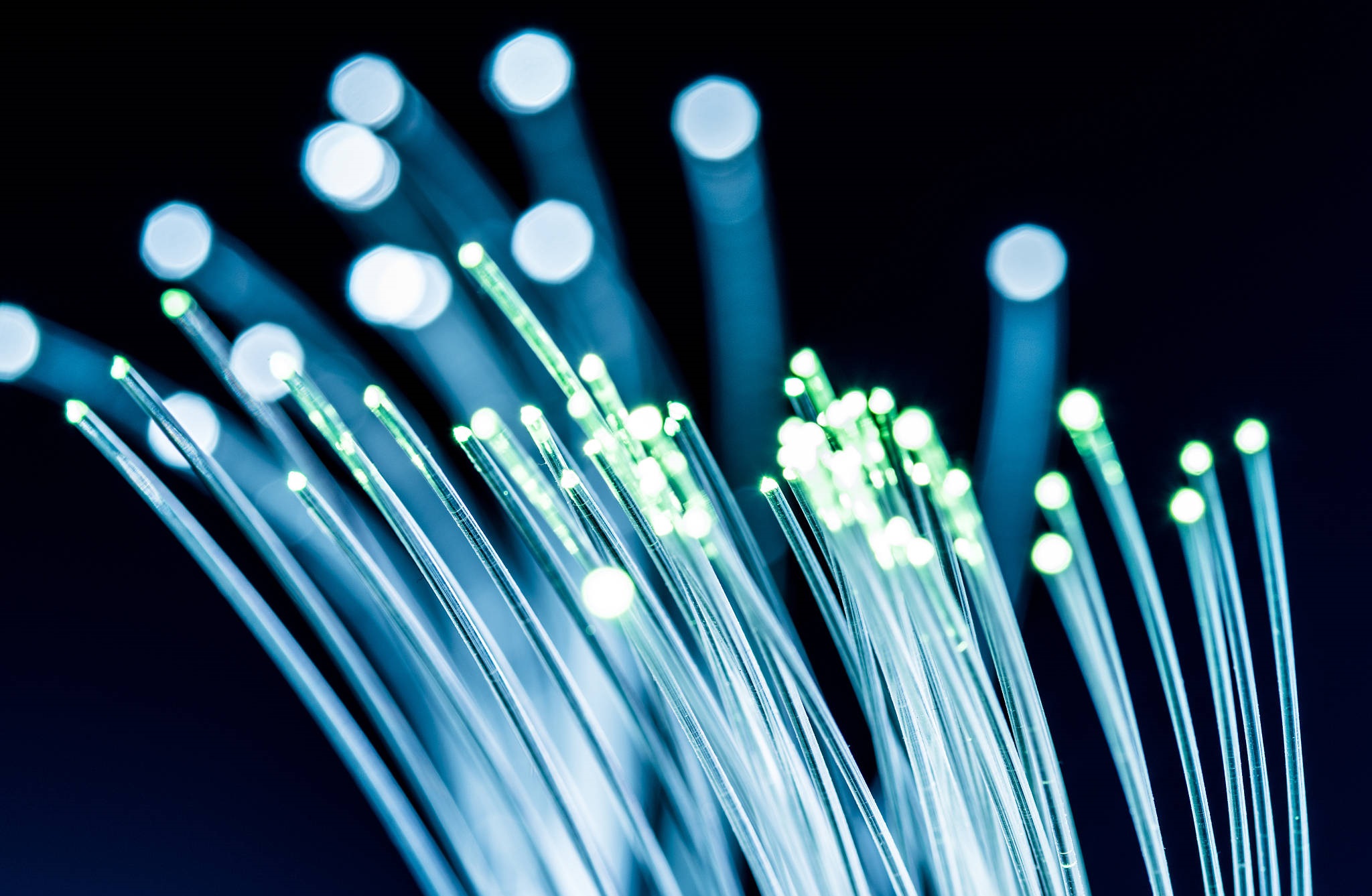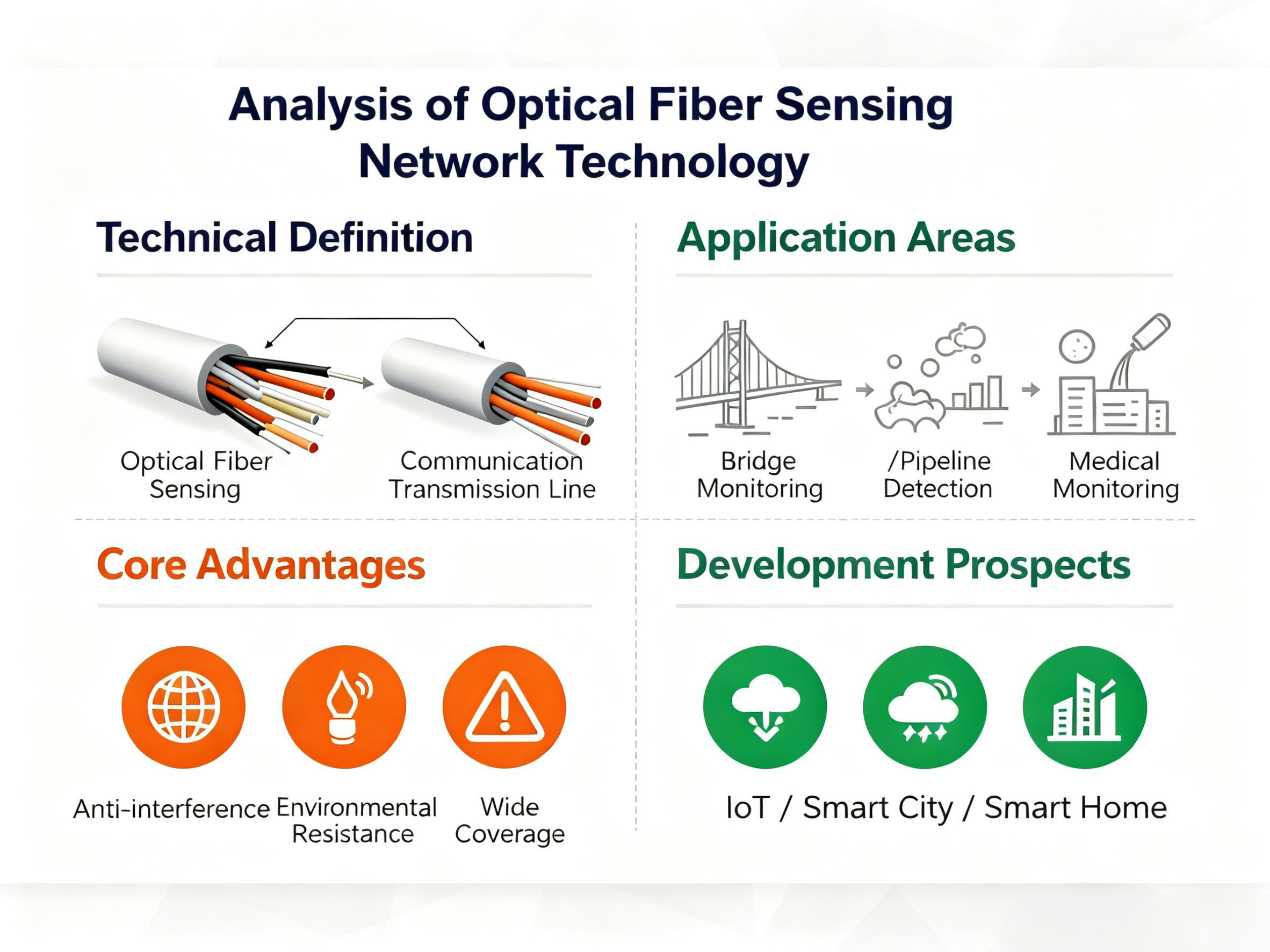The fiber industrialization of plastic optical fibers began with material research, primarily focusing on improving the transmission properties of plastic materials. By developing new high-performance polymer materials, the optical loss and bandwidth of plastic optical fibers have been gradually enhanced. For instance, initial materials such as polystyrene (PS) and polyethylene terephthalate (PET) could improve performance to some extent. Currently, PMMA materials are widely used. With technological advancements and increasingly mature production processes, the manufacturing costs of plastic optical fibers have further decreased, driving their industrialization.

Although the industrialization of plastic optical fibers faces challenges in technology and performance, its characteristics of low cost, good flexibility, and ease of processing give it distinct competitiveness in specific fields. With continuous improvements in materials and technology, the applications of plastic optical fibers will further expand.
At the application level, plastic optical fiber is widely used in areas such as home and office networks, automotive electronics, consumer electronics, and industrial automation. For example, in home networks, plastic optical fiber can be employed for local area network construction, making it an ideal choice due to its low cost and ease of installation. In the automotive industry, plastic optical fiber is utilized for in-vehicle networks, supporting data transmission within vehicles, and is increasingly applied in autonomous driving and electric vehicles.

With the development of the Internet of Things, smart homes, and smart cities, the demand for low-cost, high bandwidth data transmission is increasing, and the market prospects for plastic fiber optics are broad. Its application scenarios are not limited to the traditional consumer electronics field, but also include fields such as smart homes, healthcare, transportation, and industrial control. For example, plastic optical fibers can provide the advantage of anti electromagnetic interference in automotive electronics and have great potential for application in future intelligent vehicles. In addition, plastic optical fibers are also used in fields such as sensors and security monitoring to support efficient data transmission.





